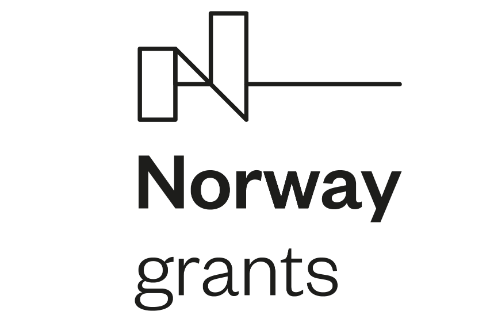Detecting molecules like stars: a new method by Czech scientists improves microscopy
A team of scientists from the J. Heyrovský Institute of Physical Chemistry of the Czech Academy of Sciences and collaborating universities has developed a new method of detecting molecules for single molecule localization microscopy (SMLM). This method, inspired by techniques used in astronomy to map stars, was published in Nature Communications. It uses signal detection principles known from radar and astronomy and significantly improves the accuracy and reproducibility of SMLM results. The technology has applications in molecular biology, drug research and other scientific fields.
"SMLM is a microscopic method that allows the observation of structures with much higher resolution than classical optical microscopy, and thus opens up new possibilities for the study of biological systems, proteins or viruses, for example," explains Vladimíra Petráková, the head of the research. The resulting microscopic images in SMLM are created by compositing thousands of photographs, each showing only a portion of the molecules that make up the structure. Thus, instead of the structure depicted, the image at first glance looks more like a starry sky, bright flashing dots (molecules) against a dark background. To display the resulting image, it is necessary to identify these molecules ("stars") in the image and determine where they are centered. However, current methods require subjective adjustment of many parameters by the user, leading to inconsistent results.
"The detection of molecules in SMLM microscopy really resembles the search for objects in space or radar," explains Miroslav Hekrdla, first author of the study. "In both cases, it's about separating real signals from background noise. We have now adapted a procedure that has been used in radar and astronomy for decades. This method of detection has played a fundamental role in the observation of gravitational waves, for example."
The new method combines advanced filtering with a technique called probabilistic thresholding, which allows users to simply set a desired probability of false detections to set a threshold for identifying molecules. Complex and subjective settings are thus replaced by a single parameter, making the users' job easier and improving the accuracy of the results. The method, described in the paper Optimized Molecule Detection in Localization Microscopy with Selected False Positive Probability, has the potential to standardize data processing procedures in SMLM and substantially improve the reproducibility and quality of results from different laboratories.

Image: The proposed molecule detection algorithm uses filtering and probabilistic thresholding. Users set the probability of false positive detections and thus change the detection threshold. The scale is one micrometer.

























